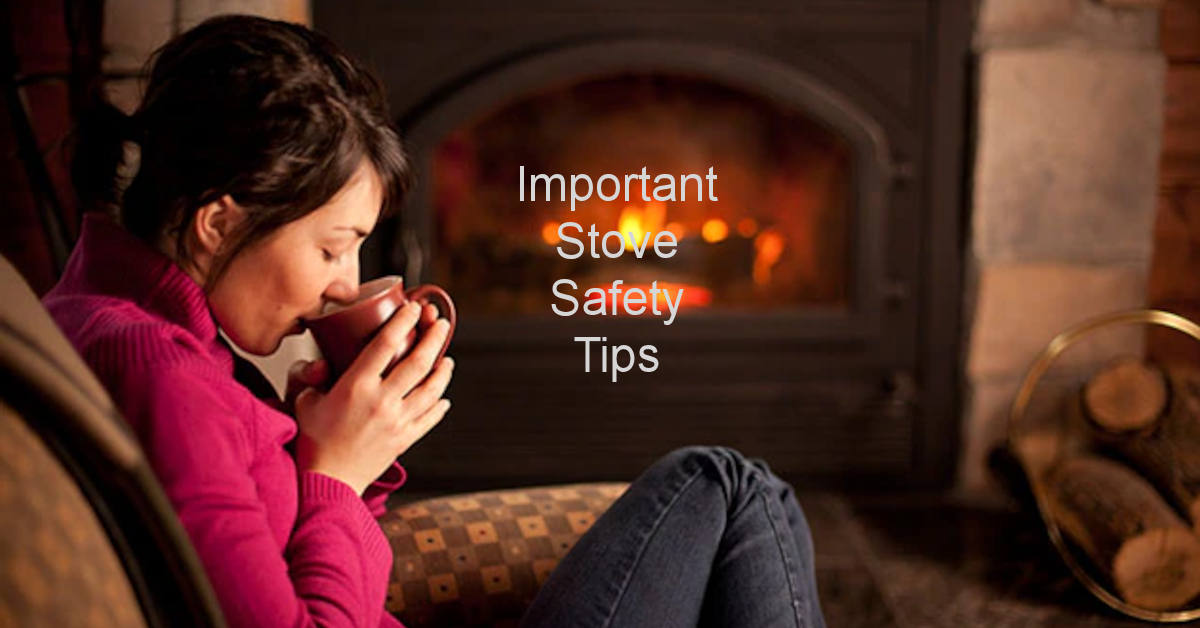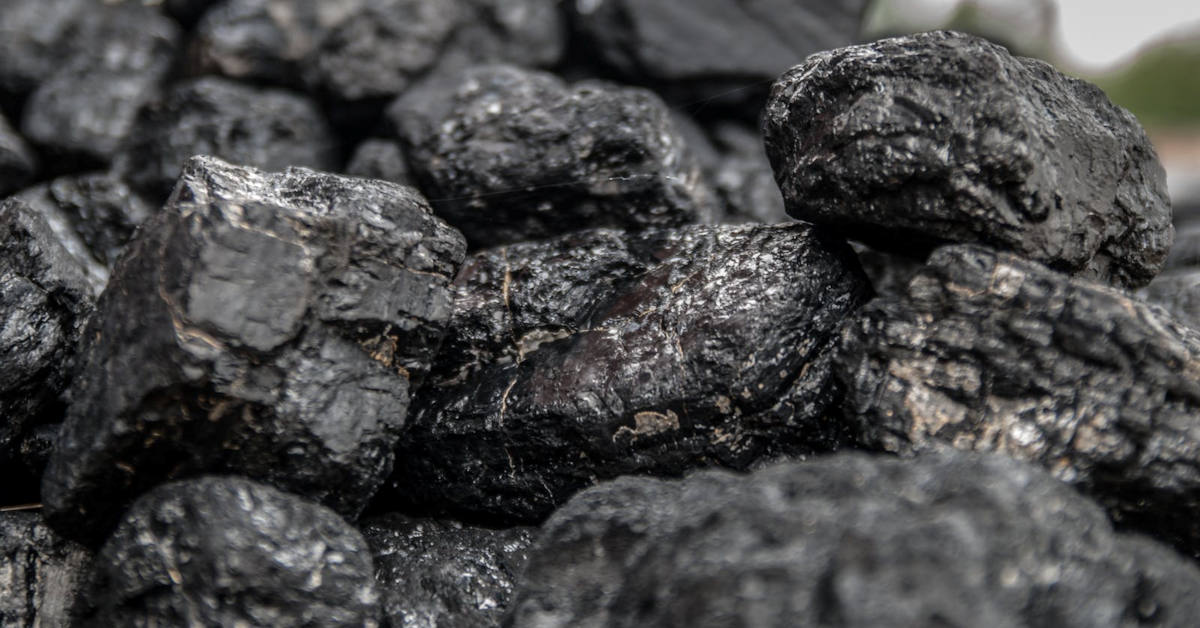
Heating your home with a coal or wood pellet stove can be an efficient and cozy way to combat the cold winter months. However, safety should always be a paramount concern when using these heating appliances. In this article, we'll explore the essential safety items and equipment that every homeowner should consider when heating with a coal or wood pellet stove.
- Carbon Monoxide Detector
Carbon monoxide (CO) is a colorless, odorless gas that can be produced by incomplete combustion in coal and wood pellet stoves. A carbon monoxide detector is a critical safety item that should be installed in proximity to your stove. It will sound an alarm if dangerous levels of CO are detected, providing an early warning to protect your family.
- Smoke Detector
In addition to a carbon monoxide detector, ensure that your home is equipped with working smoke detectors. While coal and wood pellet stoves are generally safe, accidents or malfunctions can still occur, leading to potential fires. Smoke detectors provide early detection of smoke and fire, allowing for quick response and evacuation if necessary.
- Fire Extinguisher
Having a fire extinguisher on hand is a fundamental safety precaution for any home with a heating appliance. Choose an extinguisher rated for Class A (wood and paper fires) and Class C (electrical fires). Familiarize yourself with its operation and keep it within easy reach of your stove.
- Heat-Resistant Gloves
Heat-resistant gloves are essential for safely handling hot stove components, such as loading pellets or adjusting dampers. They provide protection from burns and allow you to perform maintenance tasks without risking injury.
- Stove Tool Set
Invest in a stove tool set that includes a poker, shovel, and brush. These tools are designed for maintaining and cleaning your stove. A poker helps you move and adjust burning fuel, while the shovel and brush are used for ash removal and general upkeep.
- Stove Pipe Thermometer
A stove pipe thermometer allows you to monitor the operating temperature of your stove's flue pipe. It helps you maintain proper combustion temperatures and prevent overheating, which can damage your stove or chimney.
- Fireproof Hearth Rug
Place a fireproof hearth rug in front of your stove to protect your flooring from stray embers or hot ash. A fireproof rug can withstand high temperatures and provides an extra layer of safety.
- Childproof Barriers
If you have children or pets, consider using childproof barriers or gates to keep them away from the hot stove and potential burn hazards. Safety gates can create a designated safe area around the stove.
- Fire-Resistant Wall Coverings
Depending on the stove's location, you may want to install fire-resistant wall coverings or shields to protect nearby walls and reduce the risk of fire.
- Annual Professional Inspection
While not an item or equipment, an annual professional inspection is a safety measure that should not be overlooked. A certified chimney sweep or technician can assess your stove, chimney, and venting system for any issues or hazards, ensuring safe operation throughout the heating season.
Conclusion
Heating with a coal or wood pellet stove can be both economical and enjoyable, but safety must always come first. By investing in these essential safety items and equipment and adhering to recommended maintenance and inspection practices, you can enjoy the warmth and comfort of your stove with peace of mind, knowing that you've taken the necessary precautions to protect your home and loved ones.
- Details
- By HoffmanWeb

Anthracite coal, often referred to as "hard coal," is known for its remarkable heat-producing qualities, making it a preferred choice for residential heating and industrial applications. Anthracite coal is available in various sizes, each catering to specific needs and heating appliances. In this article, we'll explore the different sizes of anthracite coal and the applications they are best suited for.
1. Pea Coal:
Pea coal is one of the smallest sizes of anthracite coal, typically ranging from 13/16 to 9/16 inches in diameter. It is often used in hand-fired stoves, as well as some gravity-fed coal stoves and small coal boilers. Pea coal's small size allows for even combustion and efficient heat output, making it suitable for residential heating in smaller stoves and furnaces.
2. Nut Coal:
Nut coal is slightly larger than pea coal, with diameters ranging from 9/16 to 5/16 inches. This size is commonly used in gravity-fed stoker furnaces, where the coal is automatically fed into the combustion chamber. Nut coal's consistent size allows for efficient burning and even heat distribution. It is a popular choice for heating larger homes and commercial spaces.
3. Stove Coal:
Stove coal, also known as chestnut coal, is larger than nut coal, typically ranging from 1 5/8 to 13/16 inches in diameter. This size is suitable for hand-fired stoves, coal ranges, and some gravity-fed stoker furnaces. Stove coal's size makes it easy to handle and provides a steady heat output, making it a versatile choice for various heating appliances.
4. Egg Coal:
Egg coal, with diameters ranging from 1 5/8 to 5/16 inches, is a versatile size suitable for a wide range of heating applications. It is often used in hand-fired stoves, some gravity-fed stoker furnaces, and even some coal-fired power plants. Egg coal offers good combustion characteristics and provides a consistent and efficient heat source.
5. Rice Coal:
Rice coal is the smallest size of anthracite coal, with diameters ranging from 5/16 to 5/32 inches. It is commonly used in automatic stoker furnaces and boilers, as well as in some industrial processes. Rice coal's small size allows for precise control over combustion, making it an efficient choice for applications that require fine-tuned heat output.
6. Buckwheat Coal:
Buckwheat coal is even smaller than rice coal, typically measuring 9/32 to 3/16 inches in diameter. It is primarily used in specialized industrial processes, including the manufacture of silicon carbide and other high-temperature products. Buckwheat coal's small size and consistent quality make it suitable for precise and controlled combustion.
Conclusion
Anthracite coal comes in a range of sizes, each tailored to specific heating appliances and industrial applications. Whether you're heating your home with a hand-fired stove or using it in an automatic stoker furnace, there's an anthracite coal size that's ideal for your needs. Understanding the characteristics and applications of each size ensures that you can make the most of this clean-burning and efficient fuel source for your heating and industrial requirements.

